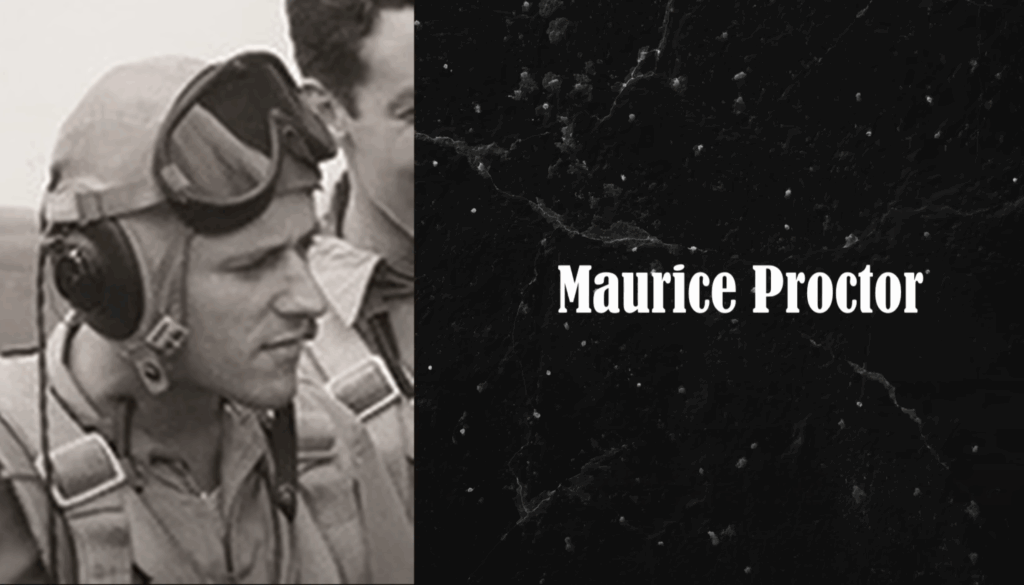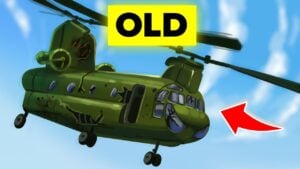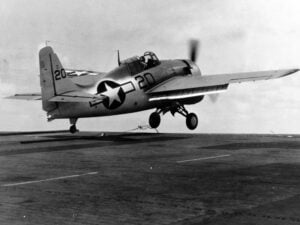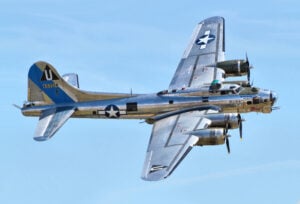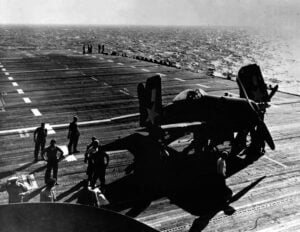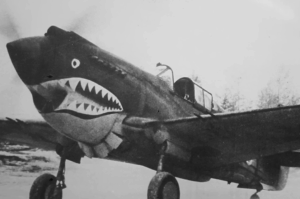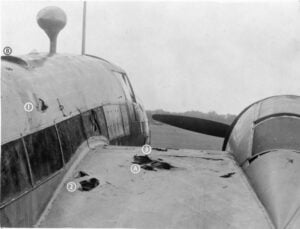The Untold Story of Air Group 88’s WWII Final Dogfight Over Tokyo
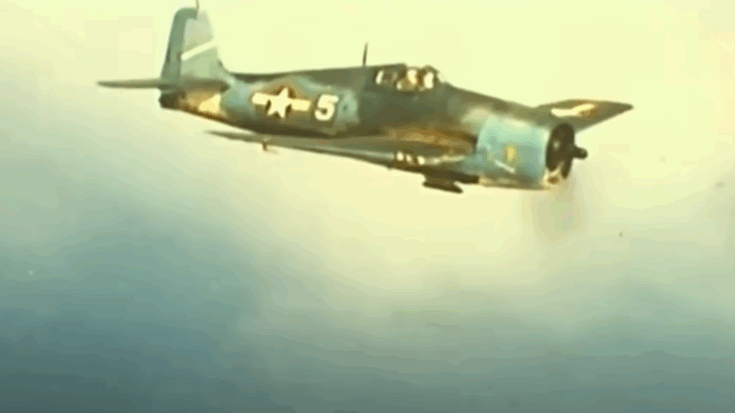
Showtime112 / YouTube
A Sky Full of Confusion
On the morning of August 15, 1945, the war was supposed to be over. But over Tokyo, the skies told a different story. The air was thick with confusion. Peace had been declared in distant capitals, but in the Pacific, not everyone had received the news. Aboard the USS Yorktown, American pilots of Air Group 88 prepared for another mission—believing it would be one of their last. Their aircraft, F6F Hellcats and bombers, were readied for a routine sweep, unaware that their day would end in the final dogfight of World War II.
The men carried both exhaustion and hope. They had flown countless missions, faced danger time and again, and now anticipated an end to the fighting. But until official orders came to stand down, they were still at war. They followed the last command—to patrol, to fly, to protect.
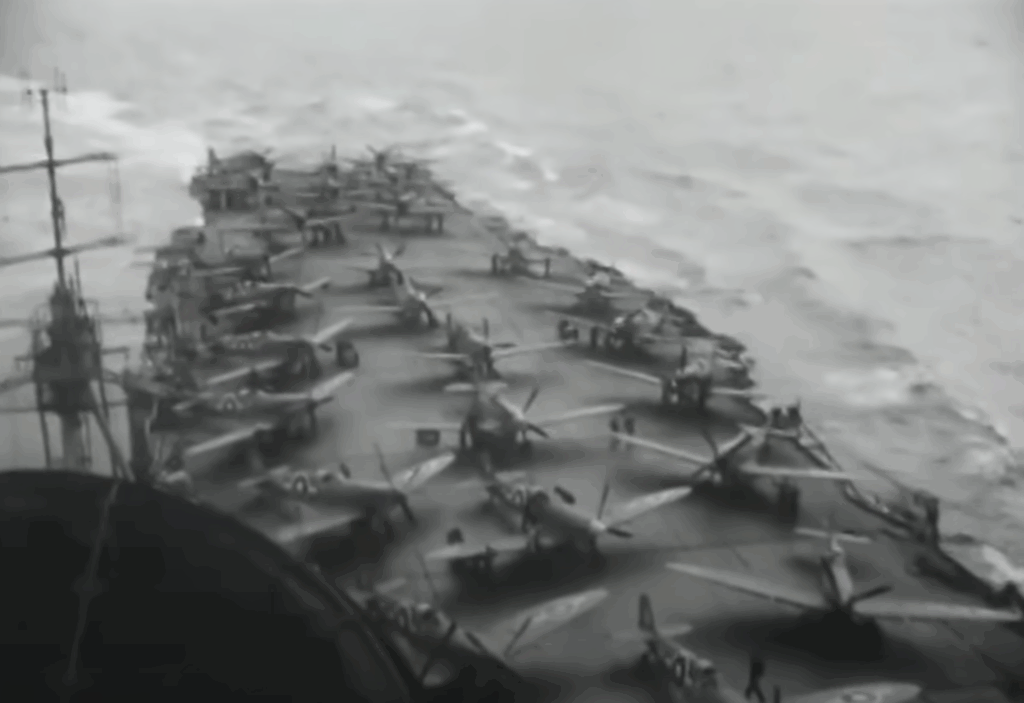
The Final Flight
At 4:15 a.m., the engines came alive. Pilots climbed into their cockpits, the early morning sun casting a pale light across the deck. As they approached Japan, the mood aboard the aircraft remained tense but routine. Meanwhile, Emperor Hirohito had already recorded Japan’s surrender message, though the information had not yet reached the skies.
Then, radios crackled. Japanese aircraft—Zekes and Raiden fighters—had taken off. They were climbing fast, heading straight toward the American formation. Whether these pilots hadn’t heard the surrender or chose to ignore it, their intent was clear. For them, the war wasn’t over. Within seconds, the final flight became a battle.
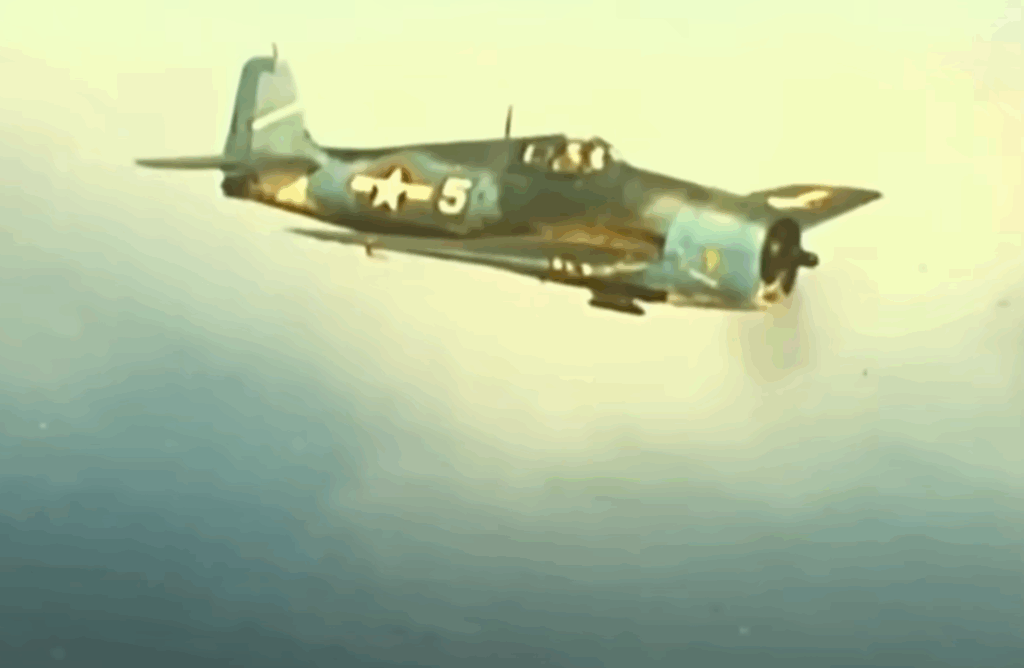
Thrown Into Combat
The Americans were surprised. Their mission was meant to be patrol, not combat. But they reacted quickly. The Hellcat fighters broke formation and engaged the incoming aircraft, using the Thatche Weave, a defensive tactic where two planes worked together to protect each other. It turned one-on-one fights into two-on-one advantages, giving the pilots a better chance of survival.
Even with this, they were outnumbered. The slower American bombers were vulnerable targets. Hellcats defended them as best they could, but the battle was fierce. Four Americans would not return. Though they downed several attackers, the victory was overshadowed by the loss of their own.
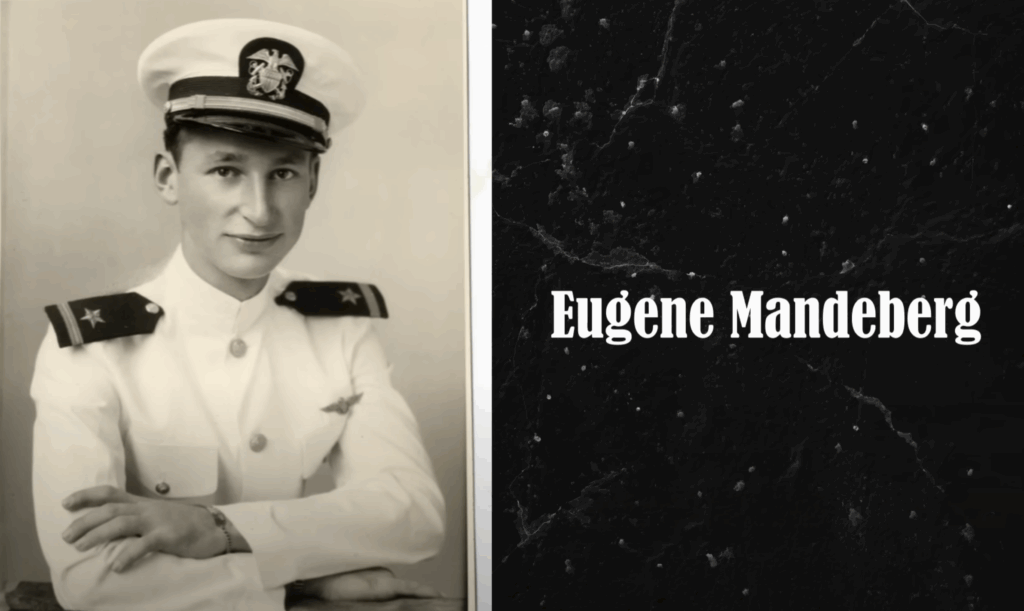
The Men Behind the Cockpits
Among the lost was Lieutenant Billy Hobbs from Mississippi, a Hellcat pilot known for his calm and focused nature. He was last seen chasing a Zeke into a cloud. He never came out. Ensign Eugene Manderberg from Chicago, a gunner in a Helldiver, brought courage and quick thinking to every flight. Ensign Howard “Howdy” Harrison of Kansas, an Avenger gunner, was deeply loyal and close to his crew. Ensign Joseph Salof of Michigan, another Avenger gunner, carried a photo of his family tucked in his jacket, a constant reminder of why he fought.
These men were more than names. They were sons and husbands, friends and crewmen. They worked together with trust built through shared danger. Their positions—especially the gunners—were among the most exposed in the air. Still, they never hesitated.
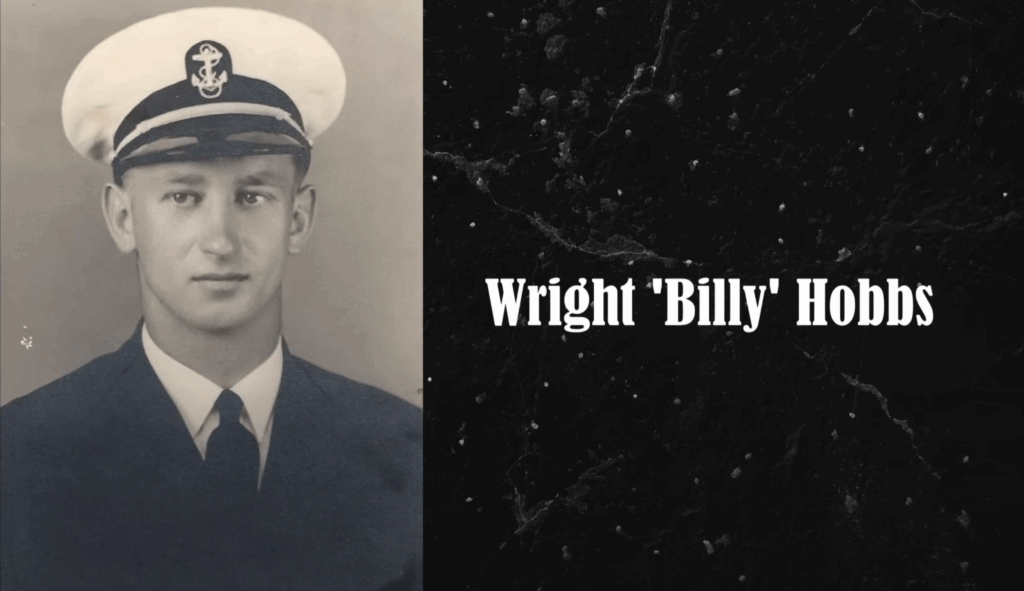
Fifteen Minutes of Fire
The final dogfight lasted only fifteen minutes. It was brief but violent. Hellcats twisted through the sky, engaging enemy fighters while bombers tried to hold formation. Pilots shouted through radios, some attempting to relay word of the surrender, but the noise of engines and gunfire made it impossible.
Lieutenant Hobbs disappeared in the middle of the battle. The bombers carrying Manderberg, Harrison, and Salof were slower, and three of them were shot down. When the smoke cleared, four American aircraft had been lost. Survivors regrouped, flying back with empty seats and heavy hearts.
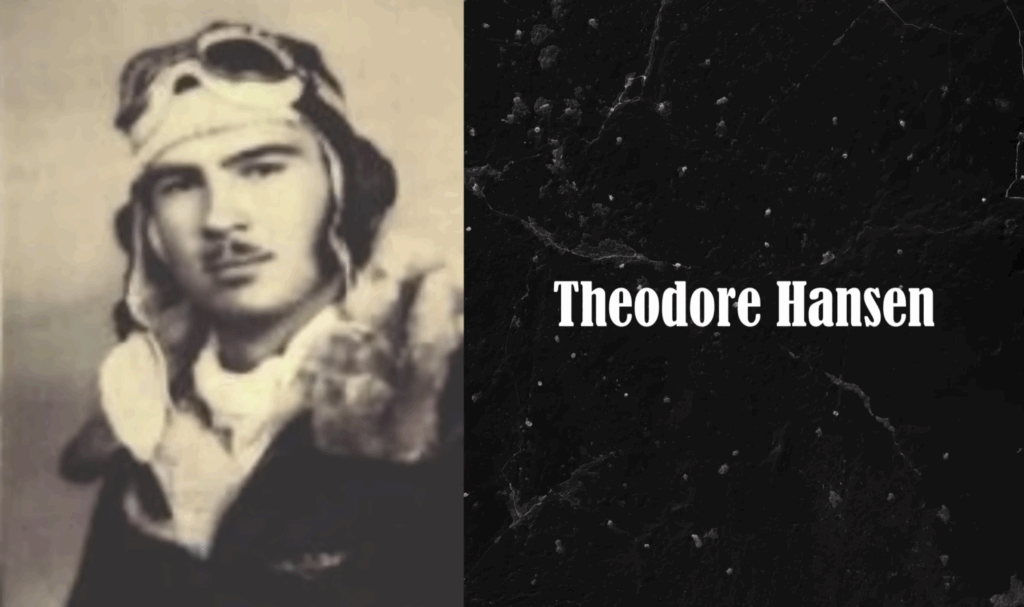
Caught Between War and Peace
The surrender message from Japan had been broadcast at noon that same day. But in the chaos, not all Japanese units received it. Some resisted. The U.S. fleet had orders not to fire unless fired upon. When Japanese fighters attacked, Air Group 88 followed orders—to defend themselves.
Their deaths were not caused by disobedience or recklessness. They were caught in a tragic gap—between political surrender and battlefield reality. Had the message arrived just hours earlier, they might have survived.
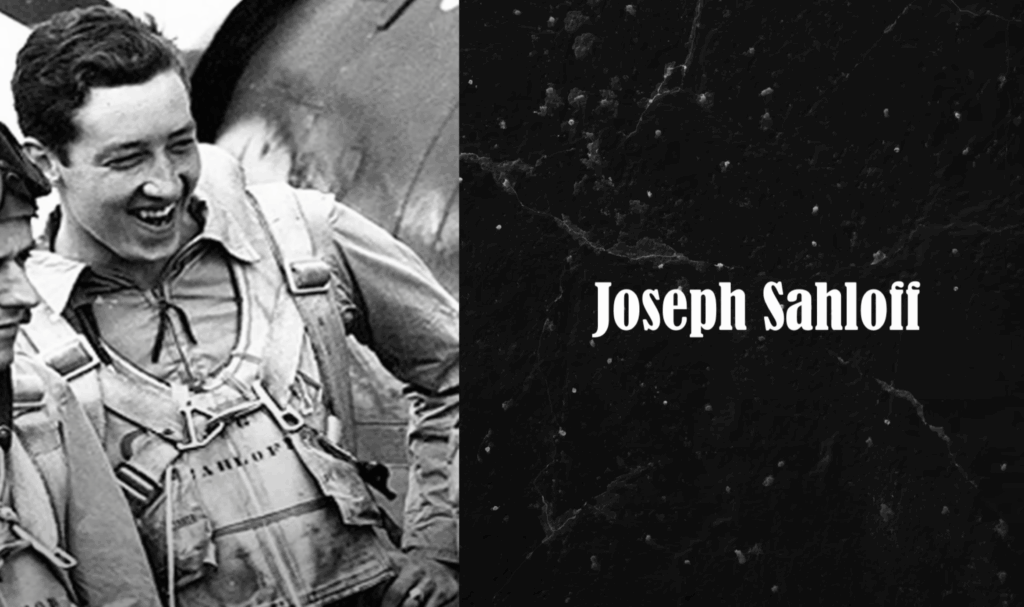
A Forgotten Ending
As the world celebrated peace, the story of Air Group 88 was quietly left behind. Newspapers focused on the end of the war. The deaths of these four men didn’t fit the clean narrative of victory. It was only years later that dedicated researchers uncovered what had happened that day.
This forgotten battle over Tokyo marked the end not just of a mission, but of an era. Jet engines would soon replace propellers. Air Group 88’s final flight became a symbol of how war does not end all at once. Even in the last minutes, danger still lingered. The cost of peace, for these men, was measured in silence and sacrifice.
